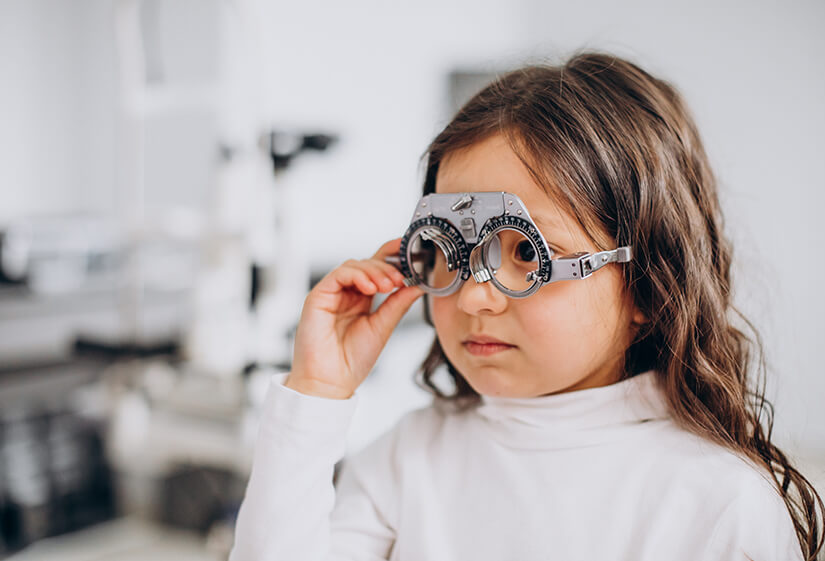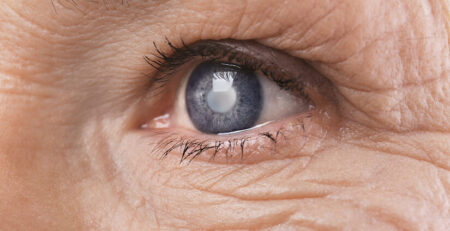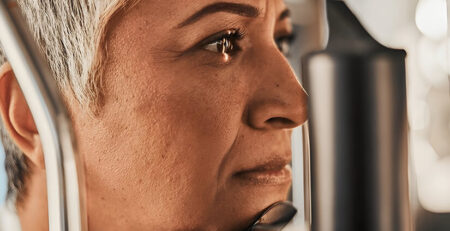Glaucoma: Types, Symptoms & Treatment
Glaucoma, often known as the “silent thief of sight,” is a group of eye diseases that damage the optic nerve, responsible for transmitting visual information to the brain. It progresses slowly, without warning signs, and if left untreated, can result in significant vision loss or even blindness.
But how does this eye condition occur, and is glaucoma treatment possible? Let’s find the answer to these questions.
What is Glaucoma?
Before proceeding with the types, symptoms, and treatment options for glaucoma, we first need to understand what it is.
In simple terms, glaucoma is a group of eye conditions that damage the optic nerve, essential for good vision. This damage is often caused by abnormally high pressure in your eye. Now, the question is, why does pressure increase in your eyes?
Normally, a clear fluid called aqueous humour flows through the front of your eye and drains out through channels. But when your eye has glaucoma, this drainage system gets blocked or malfunctioning, leading to fluid buildup and increased pressure within the eye. This increased pressure starts damaging the delicate optic nerve, which transmits visual information to your brain to see the world.
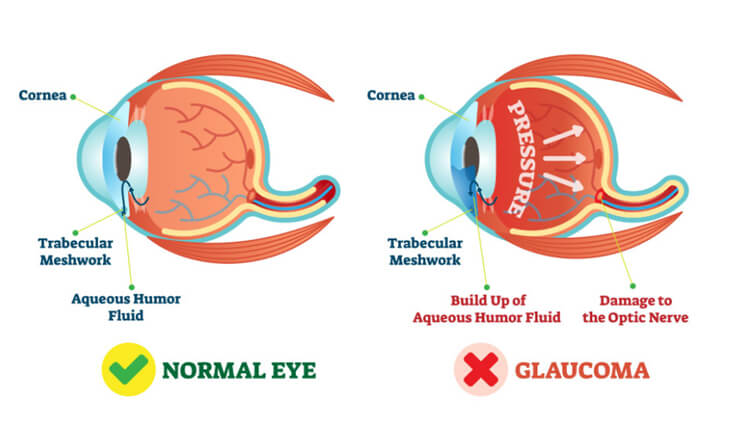
Risk Factors for Glaucoma
While the primary cause of glaucoma is high ocular pressure, several other factors can increase your chances of having glaucoma. These factors may include:
Age: Glaucoma is more common in those over the age of 60, and the risk increases somewhat with each passing year.
Ethnicity: African Americans and Hispanics have a higher risk of developing glaucoma than Caucasians.
Eye Problems: Certain eye problems like chronic eye inflammation and thin corneas can increase eye pressure. Physical injury or trauma to your eye can also cause your eye pressure to increase. In that case, you need to consult your eye doctor in Delhi immediately.
Medical Problems: People with diabetes, high blood pressure, heart diseases, migraine and sleep apnea are at an increased risk of glaucoma development.
Family History: Glaucoma can run in families. Having a family member with glaucoma puts you at higher risk.
Certain Medicines: Prolonged use of corticosteroids can also increase eye pressure.
Types of Glaucoma
As mentioned earlier, glaucoma is a group of eye conditions classified into different types. The glaucoma treatment can vary based on these types. These types may include:
Open-Angle Glaucoma: Open-angle glaucoma is the most common type, where the eye’s drainage canals become clogged with time. The pressure builds slowly, and symptoms are often so mild that you might not notice until significant damage has occurred.
Angle-Closure Glaucoma: Closed-angle glaucoma occurs when the drainage angle between the iris and cornea suddenly becomes blocked, leading to rapid vision loss and is considered a medical emergency. You can experience sudden eye pain, headache, and blurred vision.
Congenital Glaucoma: Congenital glaucoma occurs when the baby is born with an abnormal drainage canal. Symptoms of congenital glaucoma include large eyes, clouded eyes, frequent tearing, and sensitivity to light. Congenital glaucoma may run in families.
Normal-Tension Glaucoma: People with normal eye pressure sometimes have optic nerve damage. The exact causes of normal-tension glaucoma are still unknown; however, extreme sensitivity or a lack of blood flow to your optic nerve can damage the nerve. This type is more common among people of Asian descent or Asian Americans.
Secondary Glaucoma: Secondary glaucoma most commonly occurs as a side effect of injury or another eye condition, such as cataracts or eye tumours. Certain medicines, such as corticosteroids, can also contribute to this type of glaucoma. In rare cases, people after eye surgery can have secondary glaucoma.
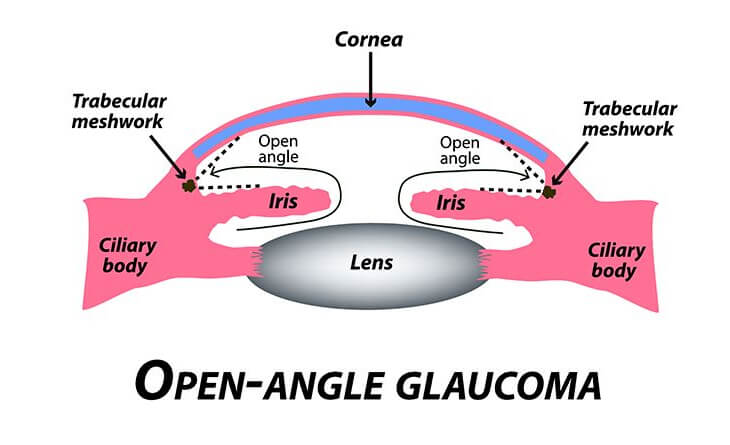
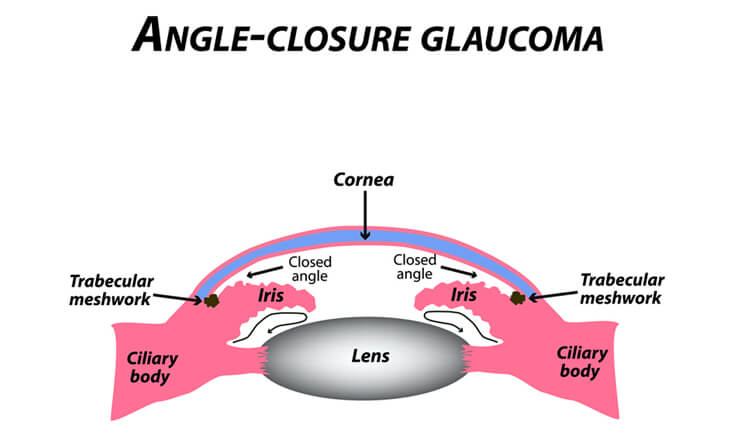
Symptoms of Glaucoma
Glaucoma is a silent thief of sight that starts without any visible symptoms. The symptoms develop differently depending on the type of glaucoma.
In open-angle glaucoma, you do not experience any symptoms at an early stage. Vision loss might occur gradually, making symptoms difficult to detect. Patchy blind spots develop slowly in your side vision. In the later stage, it becomes difficult to see things with your centre vision.
If you have angle-closure glaucoma, then you can experience the following symptoms:
- Severe headache
- Frequent bumping into objects
- Difficulty in night driving
- Severe eye pain
- Nausea and vomiting
- Blurred vision
- Halos or coloured rings around the light
- Redness in the eyes
- Sudden vision disturbance
In the case of normal-tension glaucoma, initially, you don’t experience any symptoms. Gradually, it causes field loss and blurred vision, resulting in vision loss.
To know if your child is having glaucoma, you can notice the following symptoms:
- Dull or cloudy cornea or round black area of the eye in infants
- Eyeballs looking bigger than normal in infants
- Tears in the eyes even when your child is not crying
- Blurred vision
- Nearsightedness
- Headache
If you experience sudden changes in your vision, you should immediately consult your eye doctor in Delhi for an eye examination.
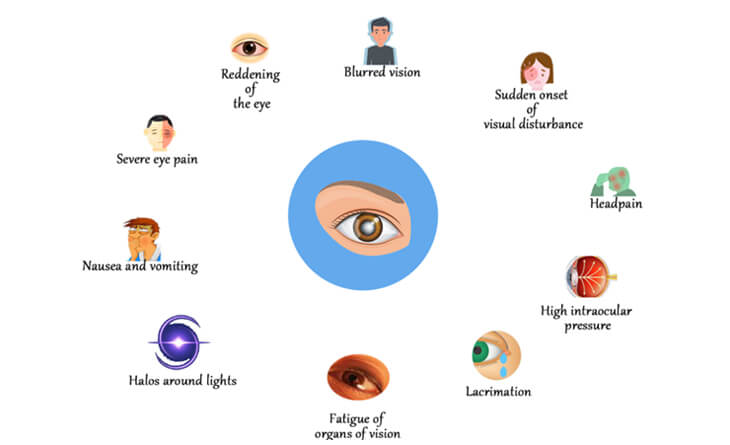
Diagnosis of Glaucoma
It is very difficult to diagnose glaucoma because it develops slowly and progresses without any noticeable symptoms. However, if you experience any symptoms, your eye doctor will perform a comprehensive eye examination to find an effective glaucoma treatment. Your doctor will check for any sign of damage to the optic nerve with a series of eye tests. These tests may include:
- Detailed Medical History: Based on the symptoms you are experiencing, your doctor will ask if you have a family history of glaucoma. They will also ask for a general health check to see whether any other medical disorders, such as diabetes or high blood pressure, are interfering with your eye health.
- Tonometry Test: The tonometry test is a quick test that measures the internal pressure of your eye.
- Pachymetry Test: This test is used to measure the thickness of the cornea, as a thin cornea is related to high risk of glaucoma.
- Perimetry Test: Perimetry, a visual field test, can help your eye doctor in Delhi determine if glaucoma affects your vision. During this eye exam, the machine will measure your side, and central vision and field.
- Ophthalmoscopy: Ophthalmoscopy allows your eye doctor in Delhi to examine the shape and cupping of your optic nerve. If it looks unusual, it might be a sign of damage from glaucoma.
- Optical Coherence Tomography (OCT): Optical coherence tomography (OCT) creates detailed images of the optic nerve and retinal nerve fibre layer to detect damage.
- Gonioscopy: Gonioscopy helps to examine the angle where the iris meets the cornea, which can help determine the type of glaucoma.
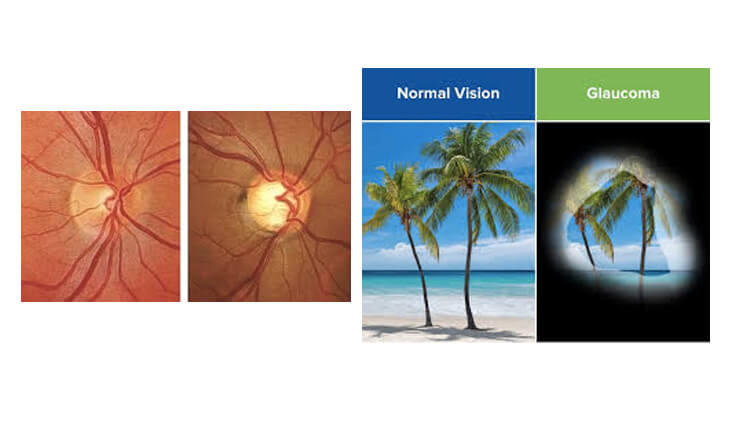
Treatment for Glaucoma
Glaucoma causes irreversible vision loss if left untreated. However, if the symptoms are diagnosed on time, they can be managed. The main objective of glaucoma treatment is to control intraocular pressure to prevent further vision loss. In mild cases, eye medications are prescribed; however, more advanced treatments are recommended in extensive cases. The most common treatment options for glaucoma are:
Medication: Eye medications are the first line of defence to reduce IOP. These medications are available in the form of eye drops or oral medications.
Laser Therapy: When the medication does not work effectively, your doctor may recommend laser therapy to increase fluid flow. During the laser glaucoma treatment, your doctor will use a powerful beam of light to promote fluid evacuation from your eye. There are different types of laser surgery for glaucoma, including:
- Trabeculoplasty: It is used for open-angle glaucoma; this procedure improves drainage outflow.
- Iridotomy: If you have angle-closure glaucoma, this procedure creates a tiny hole in the iris, helping fluid to flow more freely.
- Cyclophotocoagulation: It targets the eye’s middle layer to reduce fluid production.
Laser treatment is often quick and painless and may be conducted on an outpatient basis. However, this may not be a lasting solution, and some patients may require more treatments over time. Also, the glaucoma treatment cost may be high.
Surgery: When medicine and laser therapy fail to provide relief, traditional surgery may be required. The most frequent method is trabeculectomy, which involves creating a new drainage route to help fluid escape from the eye, lowering intraocular pressure. While this procedure is more invasive and requires a longer recovery, it can benefit long-term IOP management. Another surgical treatment for glaucoma is placement of shunts. Various types of shunts are available that involve putting a tube inside the eye for drainage of fluid.
Minimally Invasive Glaucoma Surgery (MIGS): Minimally invasive glaucoma surgery (MIGS) is the newest addition to glaucoma treatment that offers a less invasive alternative to traditional surgery with a quick recovery time. This procedure usually involves microscopic instruments to create tiny incisions and place small tubes to reduce IOP by improving aqueous humour outflow. MIGS can be the safest option for patients with mild to moderate glaucoma and is often performed in conjunction with cataract surgery.
Angle-closure glaucoma is treated differently. It is a medical emergency that requires quick treatment to lower eye pressure as soon as possible. Initially, medications are used to reverse the angle closure; however, this may be ineffective. A laser technique known as laser peripheral iridotomy may also be performed by the best eye doctor in Delhi. This technique generates tiny holes in your iris, allowing for more fluid movement.
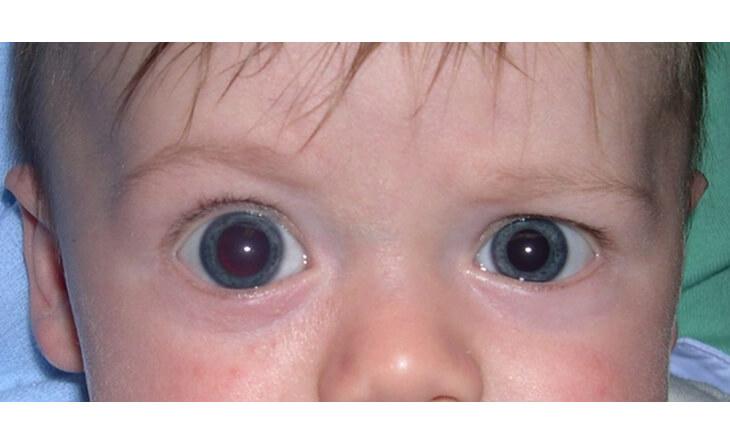
Prevention of Glaucoma
Unfortunately, there is no way to prevent glaucoma. However, there are some proactive steps that you can take to lower the risk of glaucoma.
Get Regular Eye Exams: Regular eye examination is crucial to preventing eye problems, including glaucoma. Glaucoma often progresses without symptoms, and early detection through comprehensive eye exams can help find glaucoma treatment options and prevent further vision loss. The recommended frequency varies depending on your age and risk factors, but generally, adults should have eye exams every 1-2 years after age 40 and more frequently if they have risk factors.
Manage Underlying Health Conditions: As discussed earlier, certain medical conditions like heart diseases, high blood pressure, or diabetes can increase your risk of glaucoma. Therefore, take your medications regularly to manage all these conditions to keep your eye pressure normal.
Maintain a Healthy Lifestyle: Today’s lifestyle can also impact your eye health. Therefore, maintain a healthy lifestyle.
- Eat plenty of fruits, vegetables, and omega-3 fatty acids, which may offer protective benefits.
- Aim for at least 30 minutes of moderate-intensity exercise to maintain a healthy weight, as being overweight can increase the chances of heart disease, resulting in increased intraocular pressure.
- Quit smoking because smoking can increase blood pressure and eye inflammation, which could elevate your risk of diabetes and cataracts. Both these conditions increase the chance of developing glaucoma.
- Contact your eye doctor in Delhi for regular eye checkups.
Protect Your Eye: Sometimes, eye injury or UV rays from the sun can also increase the risk of glaucoma. Therefore, safety glasses or goggles when engaging in outdoor activities that could injure your eyes protects your eyes from the damage.
How to Stop Glaucoma From Getting Worse?
Glaucoma is a persistent eye condition requiring regular checkups with your doctor. You may take additional steps to maintain your eye health with glaucoma and also reduce the glaucoma treatment cost.
Take Your Medication: Take your eye drops or other prescribed medications precisely. Missing your medications might worsen your glaucoma.
Limit the Intake of Caffeine: Limit how much soda, coffee, and tea you consume because caffeine can raise eye pressure. According to one research, only one cup of coffee can significantly increase your ocular pressure for up to 90 minutes.
Regular eye check up and tests : Regular eye checkups with your doctor and timely tests will make sure that any worsening in your visual field and optic nerve gets detected early and treatment can be revised to stop the progression.
Additional Tips: Here are a few quick tips that you can follow to reduce your risk of developing glaucoma:
- If you have relatives with glaucoma, discuss this with your doctor and consider more frequent eye exams.
- Educate yourself about glaucoma and its different types, risks and glaucoma treatment
- If you experience any symptoms of glaucoma or sudden change in your vision, consult your eye doctor immediately.
Conclusion!
Glaucoma is a serious eye condition, but early detection, a thorough understanding, and the right treatment plan can help prevent significant vision loss.
Whether you are at risk, newly diagnosed, or struggling to manage your glaucoma, there’s always hope and help. Consult with an eye specialist like Dr Anisha Gupta. With advanced glaucoma treatment and technology, she can help you to protect your eyes.
Keep your sights on the prize, preserving your vision and quality of life.

